Step 1
Understand Staffing Positions
Estimated Time and Resources
Reading Time: 5 Minutes
Resources Required For the Worksheet: N/A
About This Step
Every mobility project has staffing needs that fall into four main categories: project management and administration; community outreach, engagement, and marketing; site construction, installation, and maintenance; and mobility service operations.
Understand the types of positions needed for a mobility project and how staffing changes for each project stage.
TIP: It is recommended to look for local construction/electrician unions that are close to your project area. They will have greater familiarity with municipal requirements and regulations, understand local weather patterns, and other local construction issues. Please see some of the resources listed below to get started on finding a local group or a specific contractor in your region.


